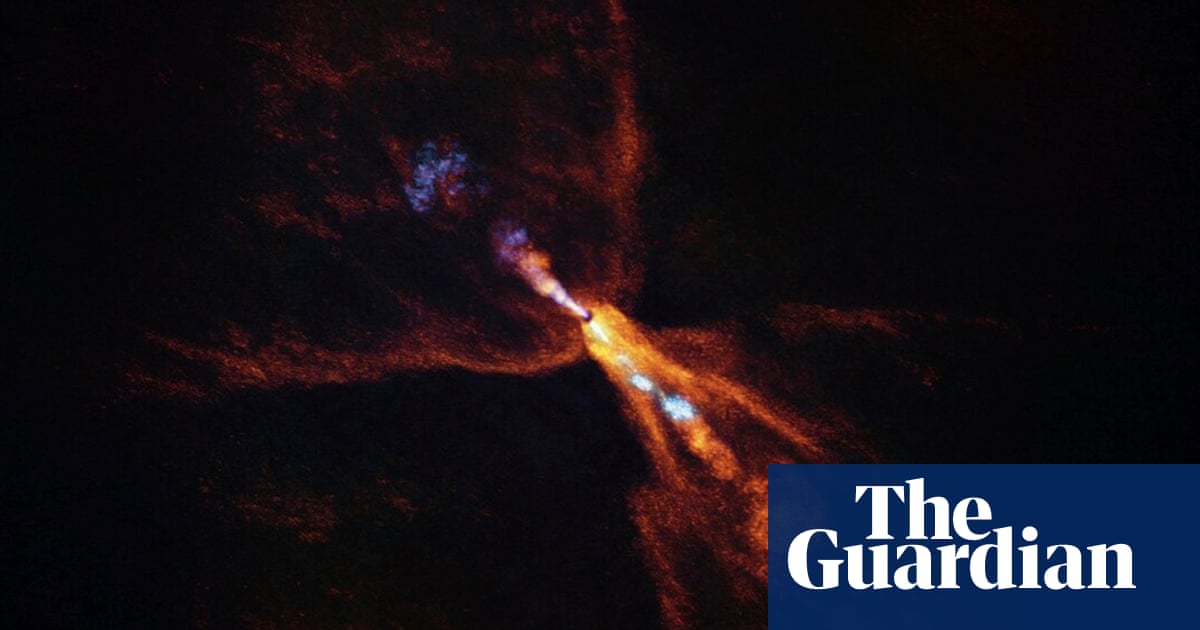T4K3.news
Astronomers Discover Unique Planetary System
Two very different exoplanets have been found orbiting the star WASP-132.

Astronomers have uncovered a fascinating planetary system with two completely different exoplanets orbiting the same star.
Astronomers Find Unique Planetary System with Distinct Exoplanets
Astronomers recently discovered a remarkable planetary system around the star WASP-132, featuring two unique exoplanets. WASP-132 c is a rocky super-Earth that completes an orbit in just over 24 hours, located close to the star. Its bulk density suggests a solid structure. Meanwhile, WASP-132 d is an icy giant situated much farther away, with a long orbital period of five years. This distinction provides researchers an opportunity to explore different planetary compositions and the evolution of multi-planet systems. The finding poses questions about existing models of planetary migration and hints at greater complexity in planetary system formation.
Key Takeaways
"This is the first time we have observed such a configuration."
Dr. David Armstrong reflects on the uniqueness of this planetary system.
"This is a remarkable laboratory for studying the formation and evolution of multi-planetary systems."
François Bouchy emphasizes the significance of the discovery for research.
This discovery highlights just how diverse planetary systems can be, challenging basic assumptions about how planets form. The positioning of WASP-132 c and d raises further questions about planetary interactions and stability within a multi-planet system. With advanced telescopes, future studies may reveal more about the atmospheres of these worlds, deepening our understanding of astrochemistry and the potential for life elsewhere in the universe.
Highlights
- Discoveries like this reshape our understanding of planetary systems.
- WASP-132 c challenges everything we thought about exoplanets.
- Exploring icy giants brings us closer to life’s building blocks.
- This system is a remarkable laboratory for studying planets.
This discovery may invite scrutiny in planetary migration models.
The findings challenge established theories on how planets interact and migrate, potentially leading to debates in the scientific community.
This discovery opens doors to understanding the complexities of planetary systems.
Enjoyed this? Let your friends know!
Related News
Astronomers discover early planet formation

Astronomers discover new trans-Neptunian object

Astronomers discover trans-Neptunian object 2020 VN40

Astronomers discover rocky planet seeds in distant star system

Newly Discovered Object in Sync with Neptune

Scientists discover fifth planet in L 98-59 system

Astronomers discover new object in outer solar system

New Exoplanet Discovery Revealed
